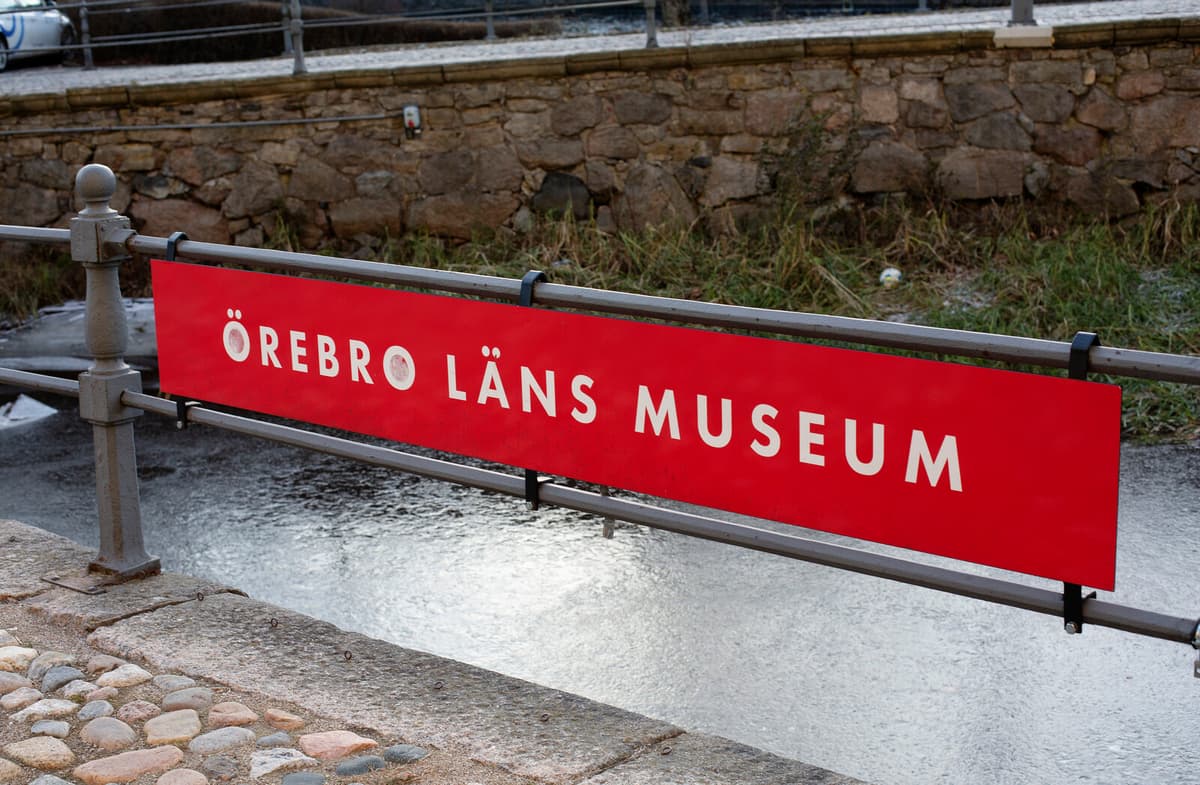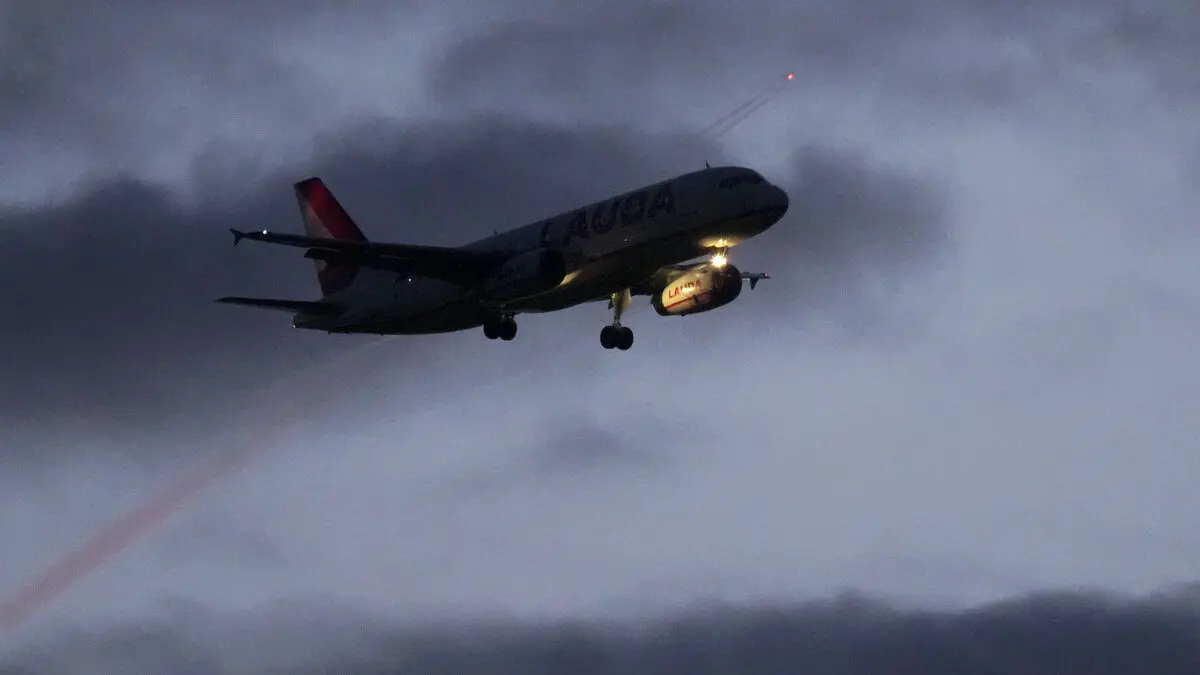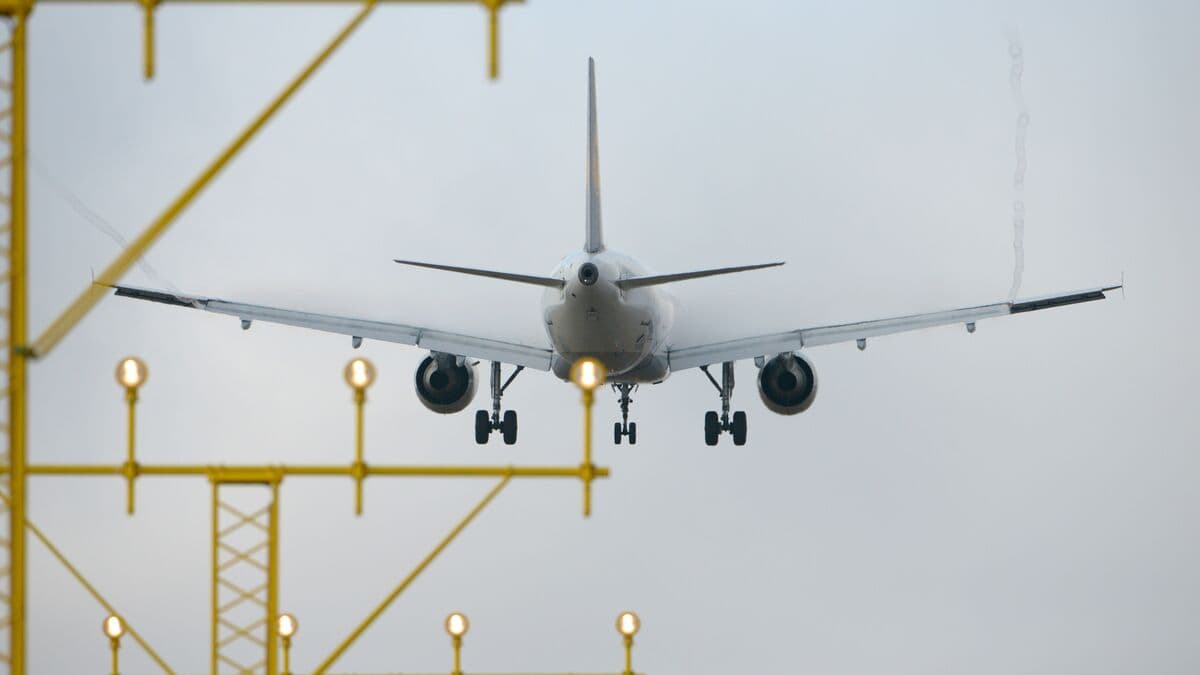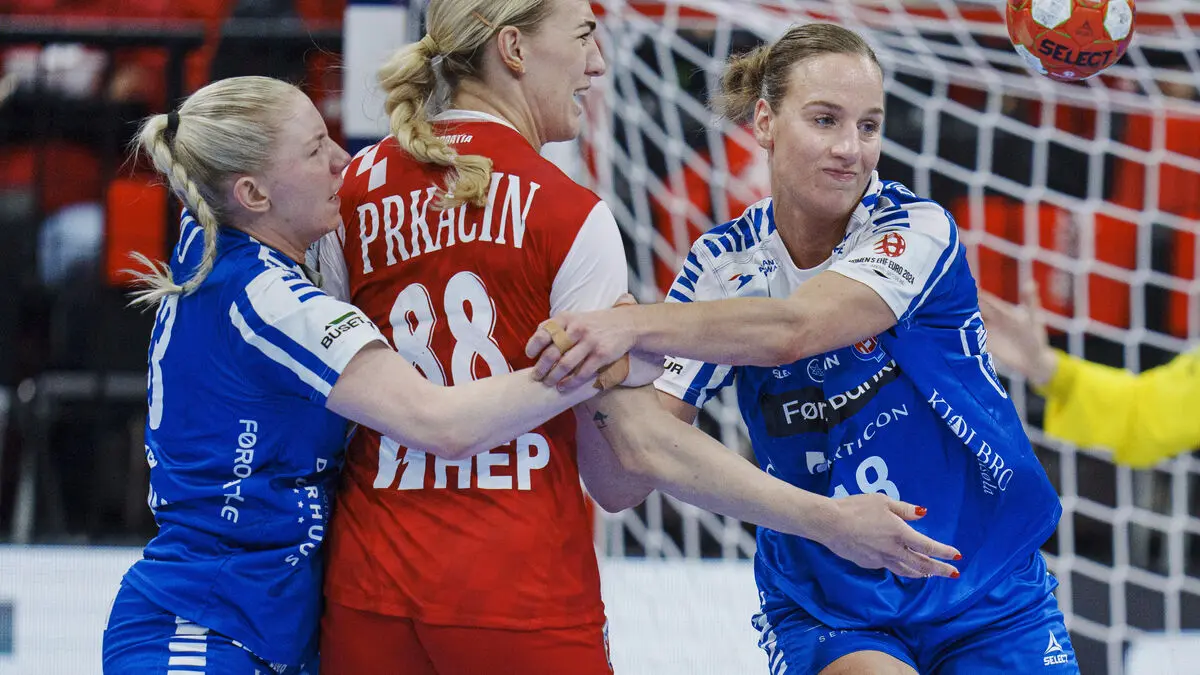On Wednesday, the museum sent out a photographer to document the places where people gathered to light candles and mourn. The intention is to be able to tell in the future what really happened, says the museum's communications manager Maria Uddén to Sveriges Radio's "Cultural News":
We have a responsibility towards future generations to tell about this terrible thing that has happened. It's an event so serious that you can compare it to, for example, Utöya or Estonia.
The museum also plans to conduct interviews to collect people's stories about what happened.
It's an important social function to preserve a memory, says Maria Uddén.





